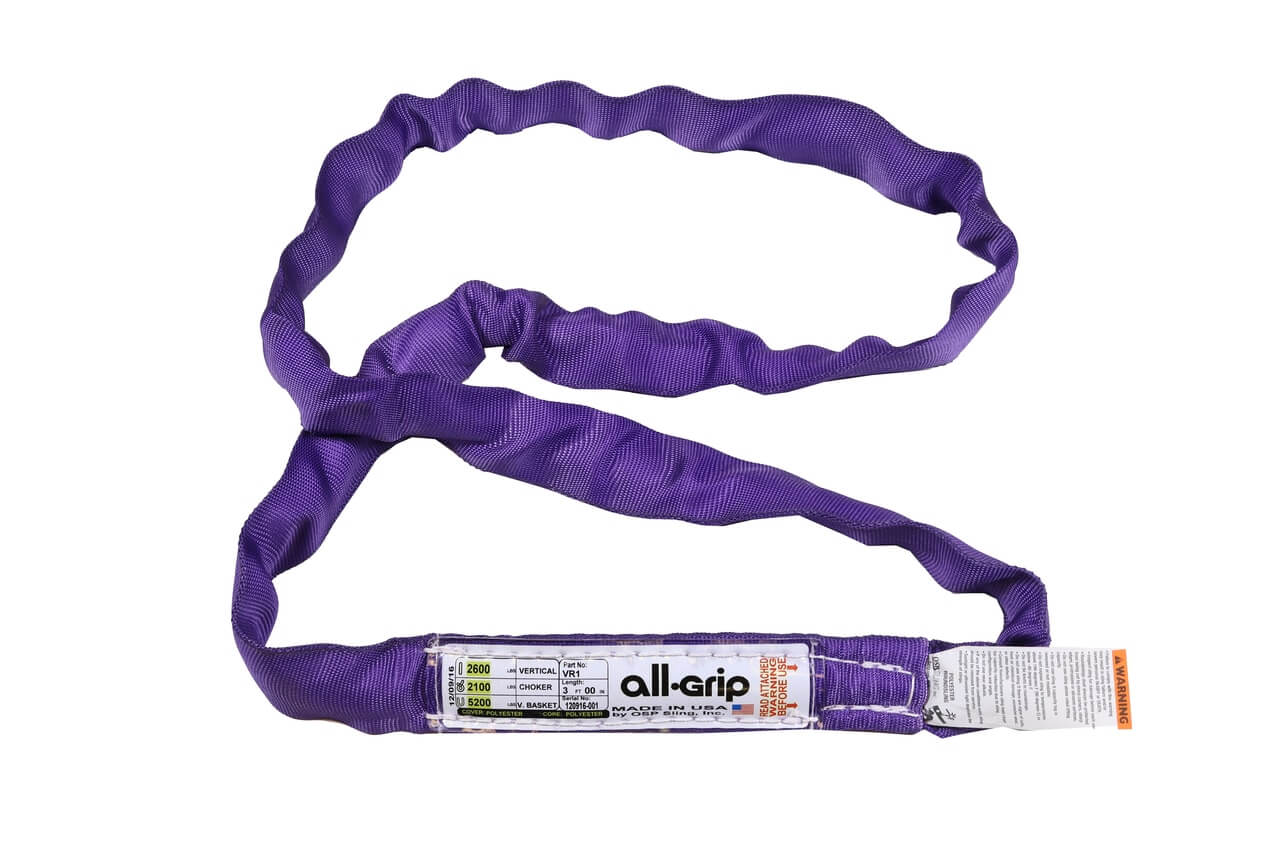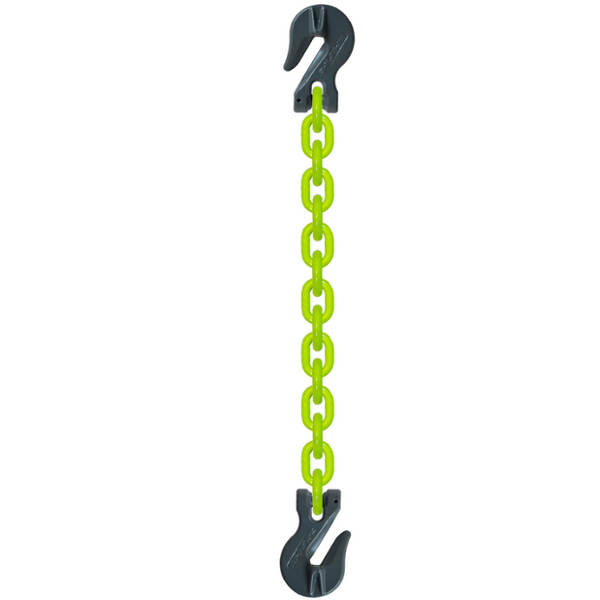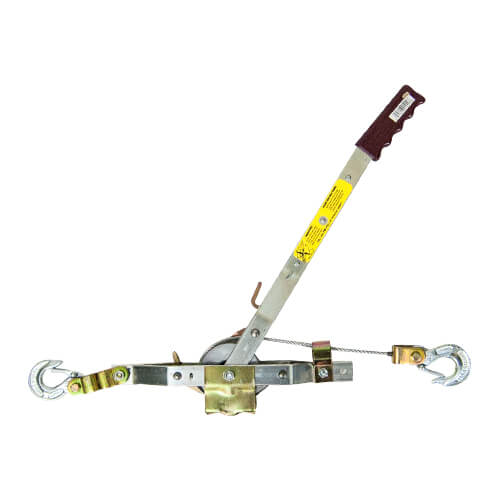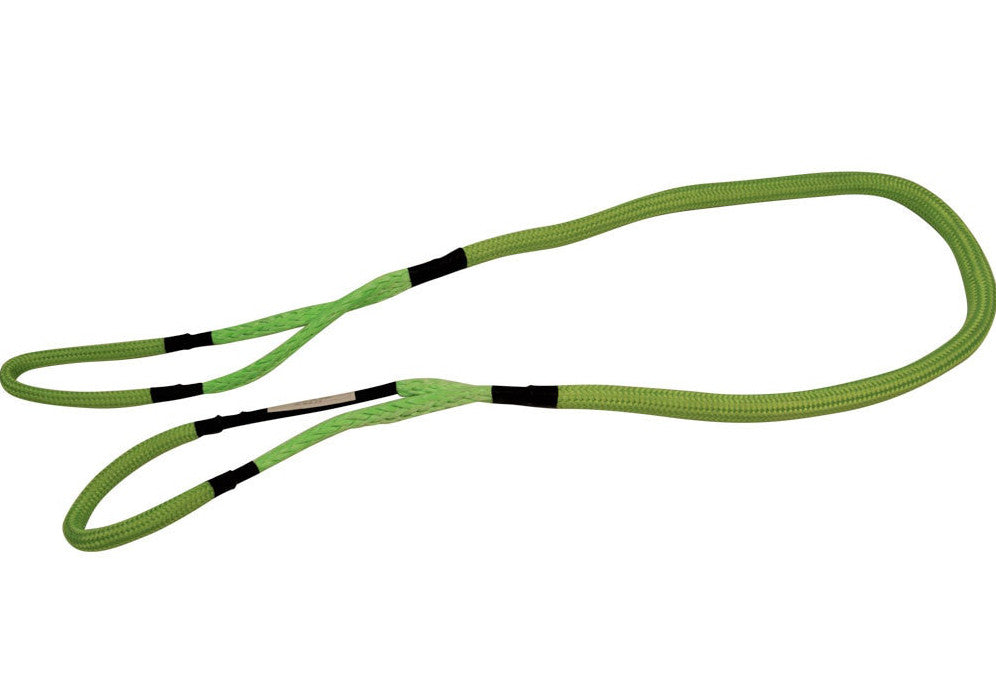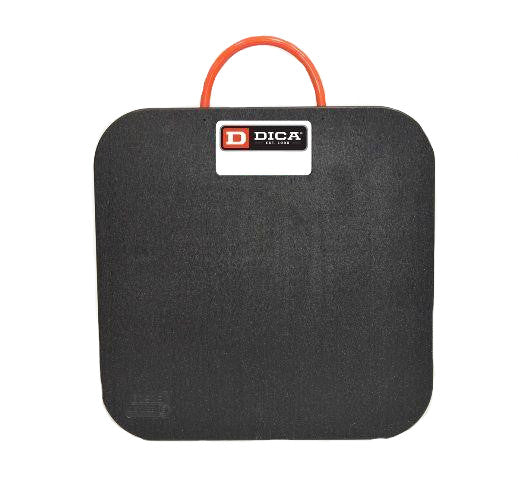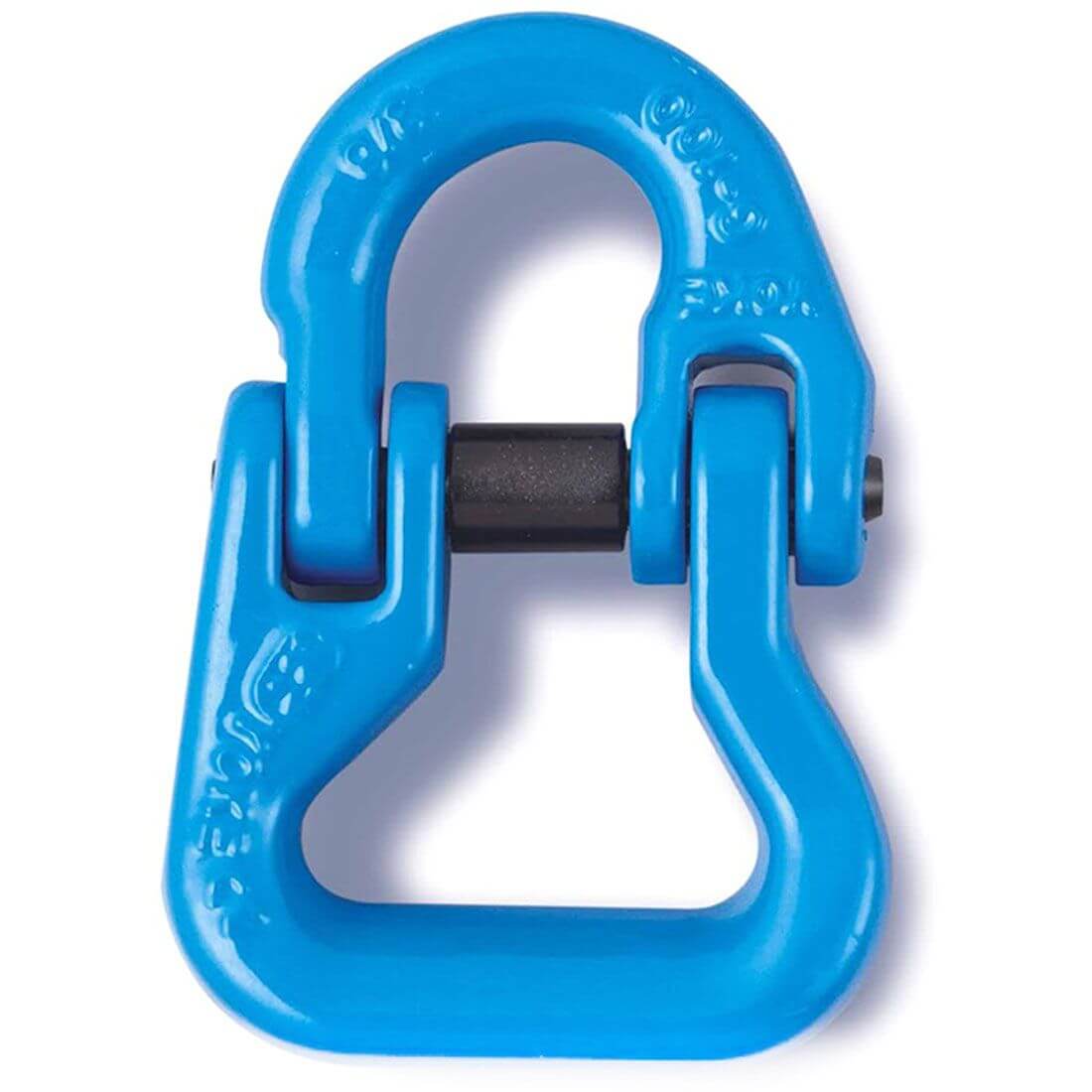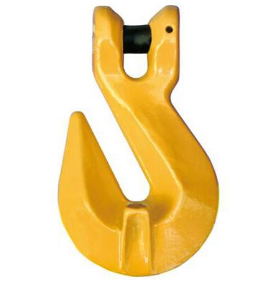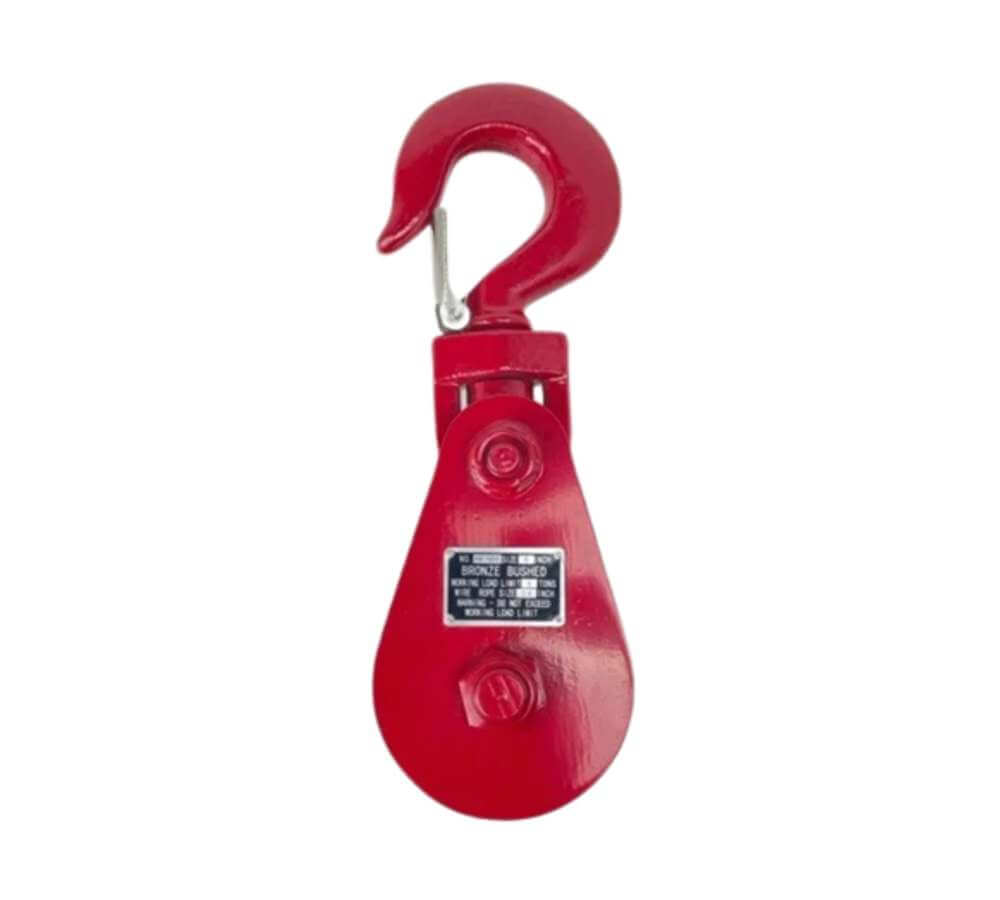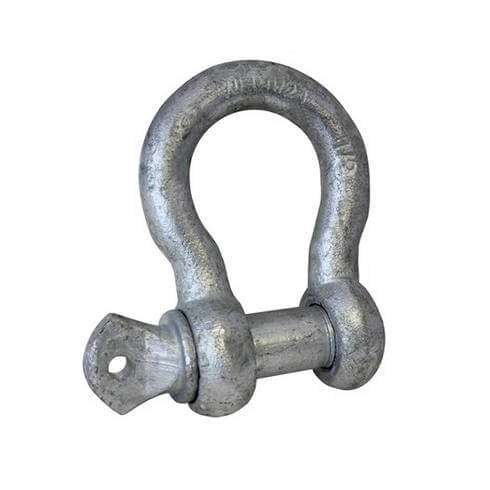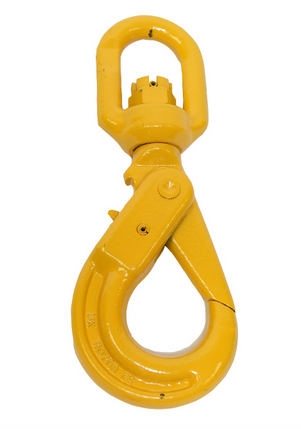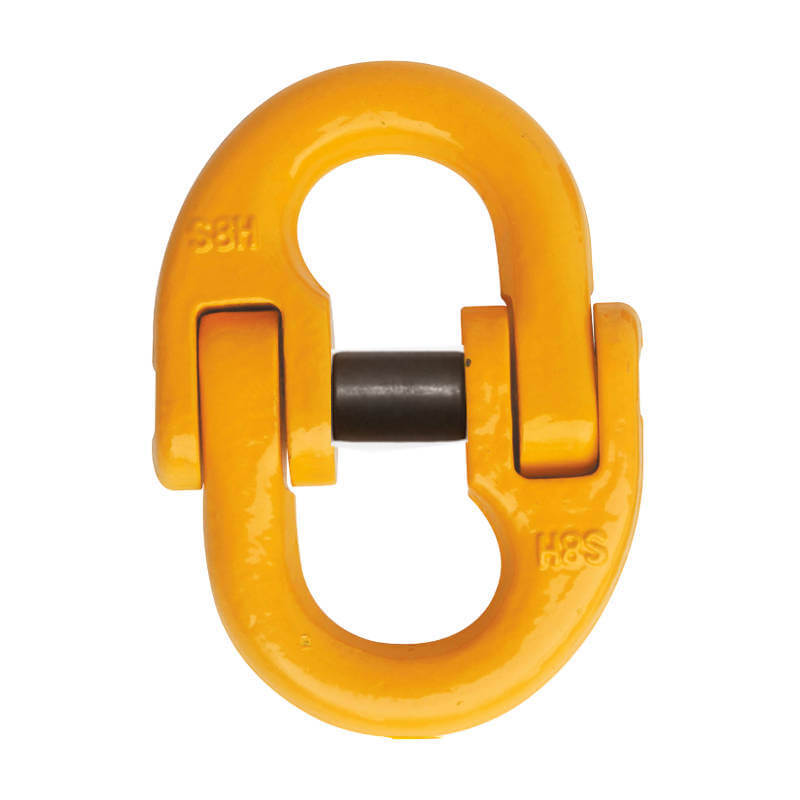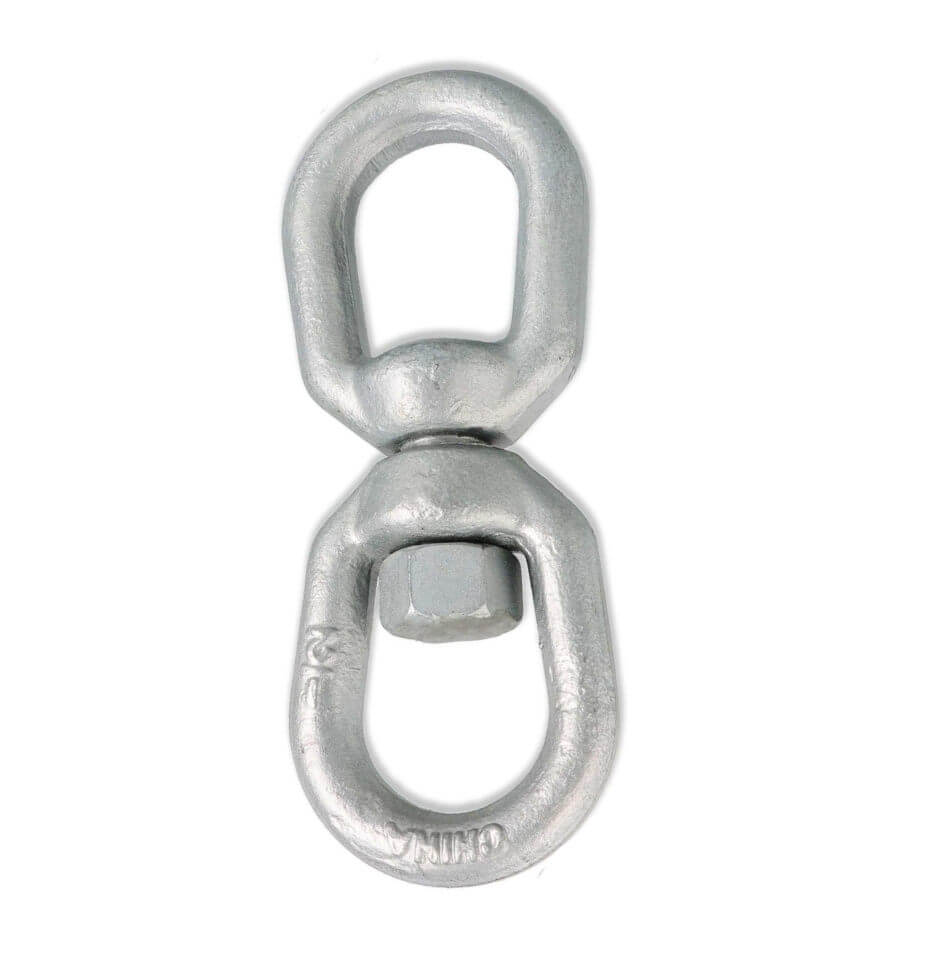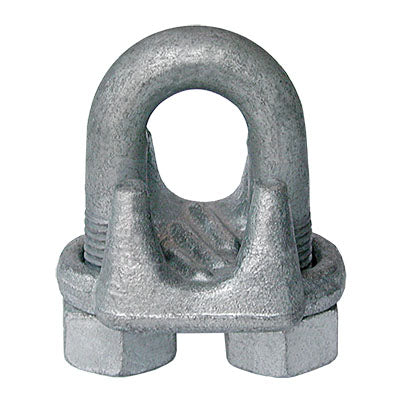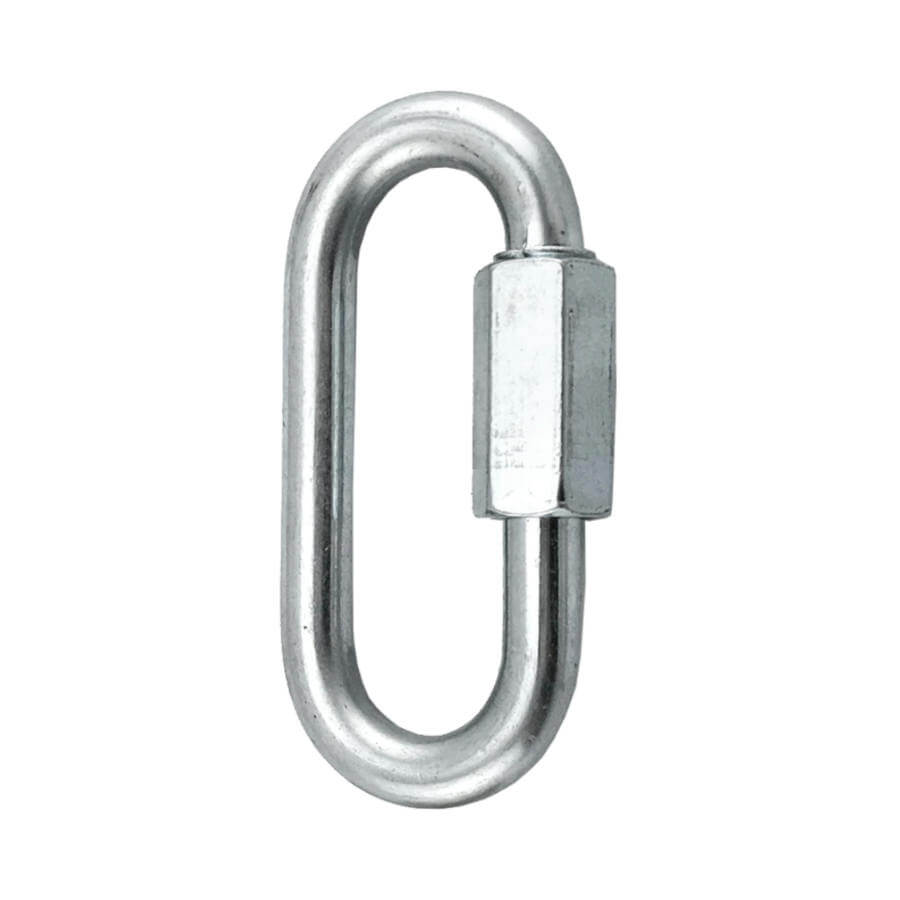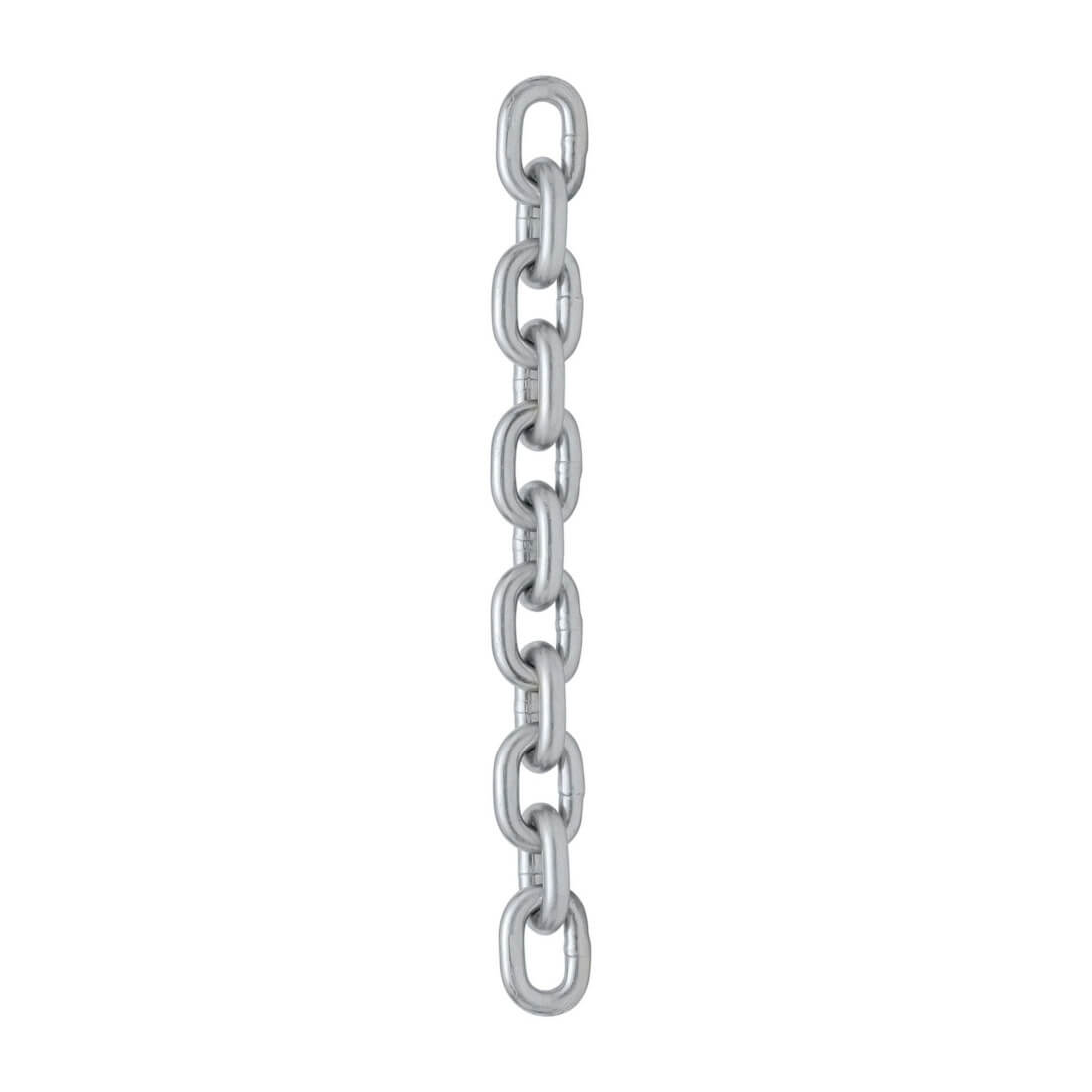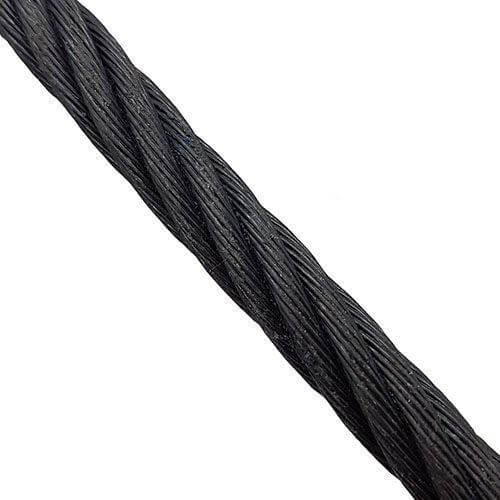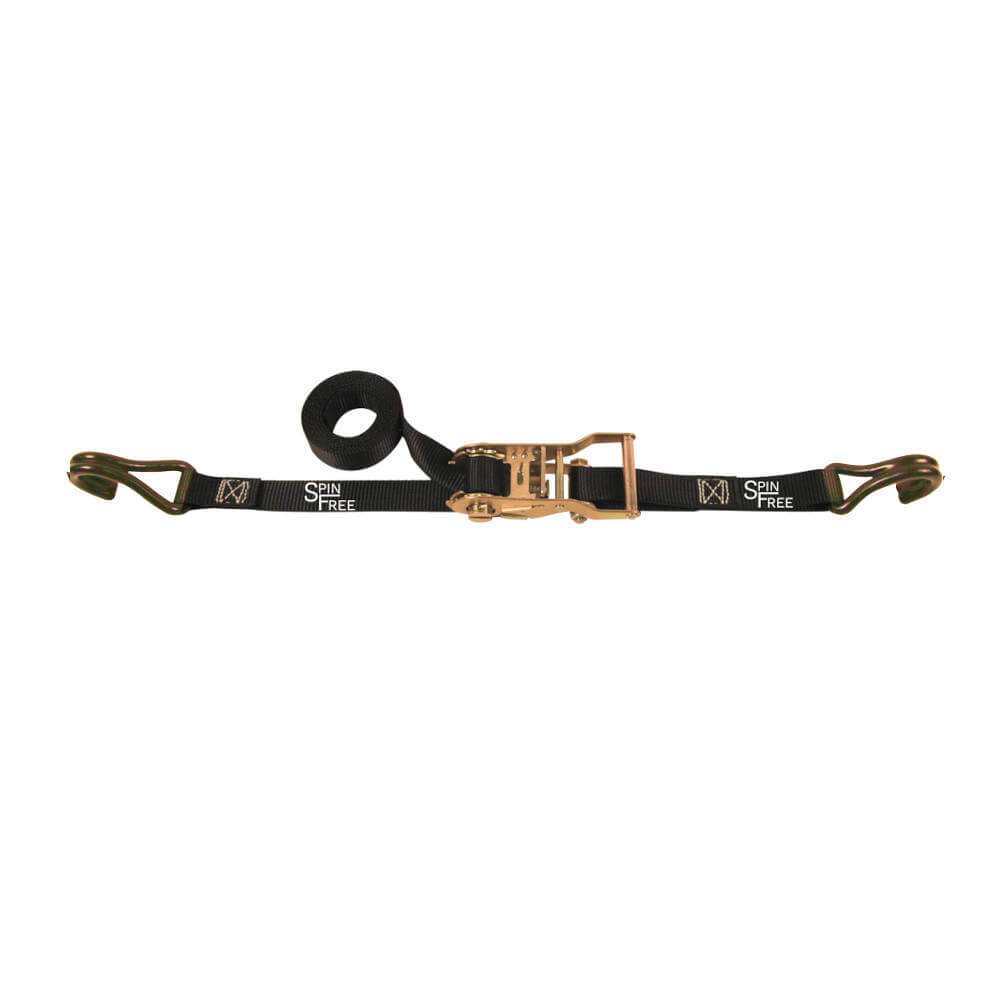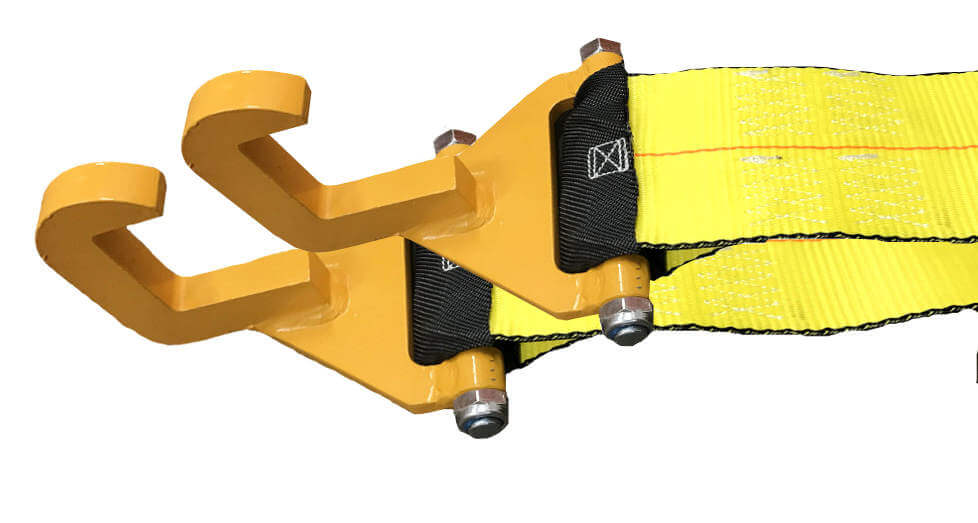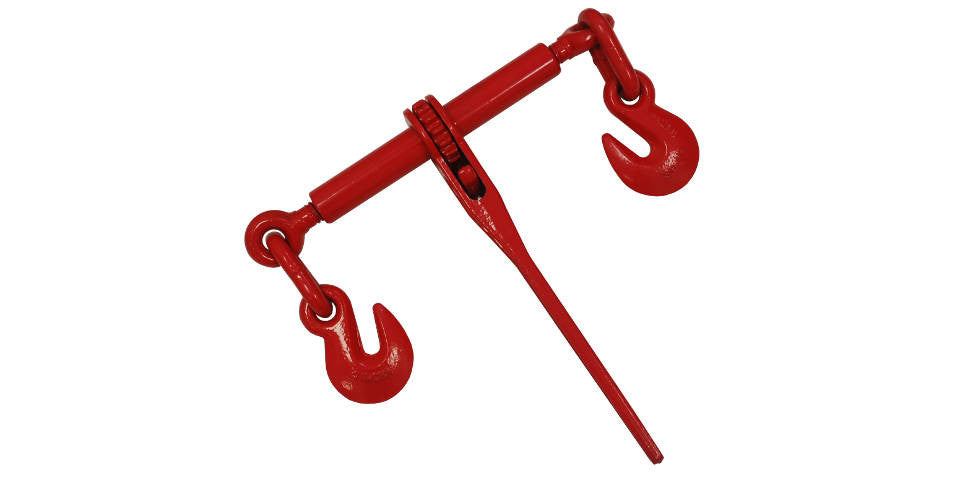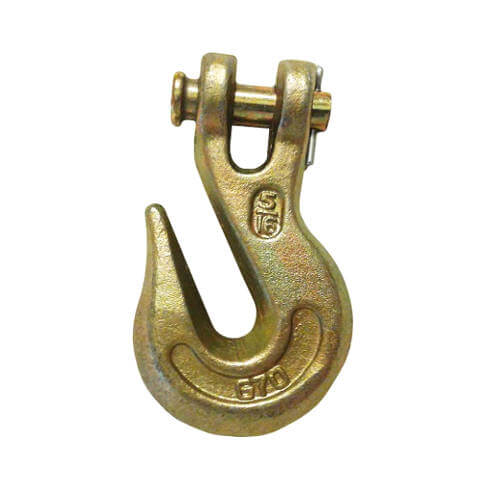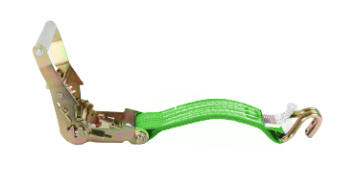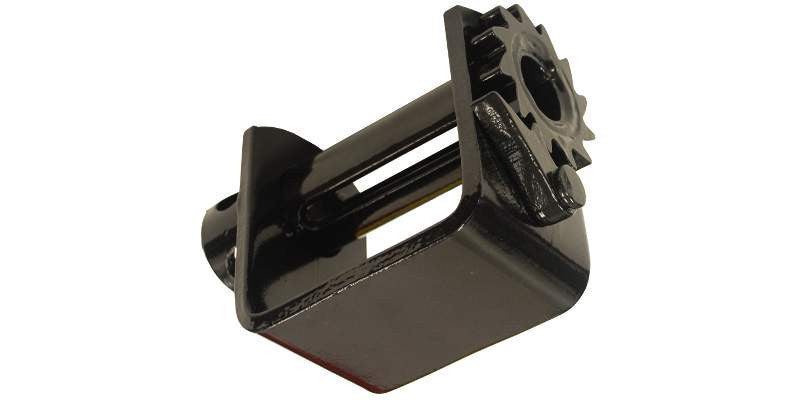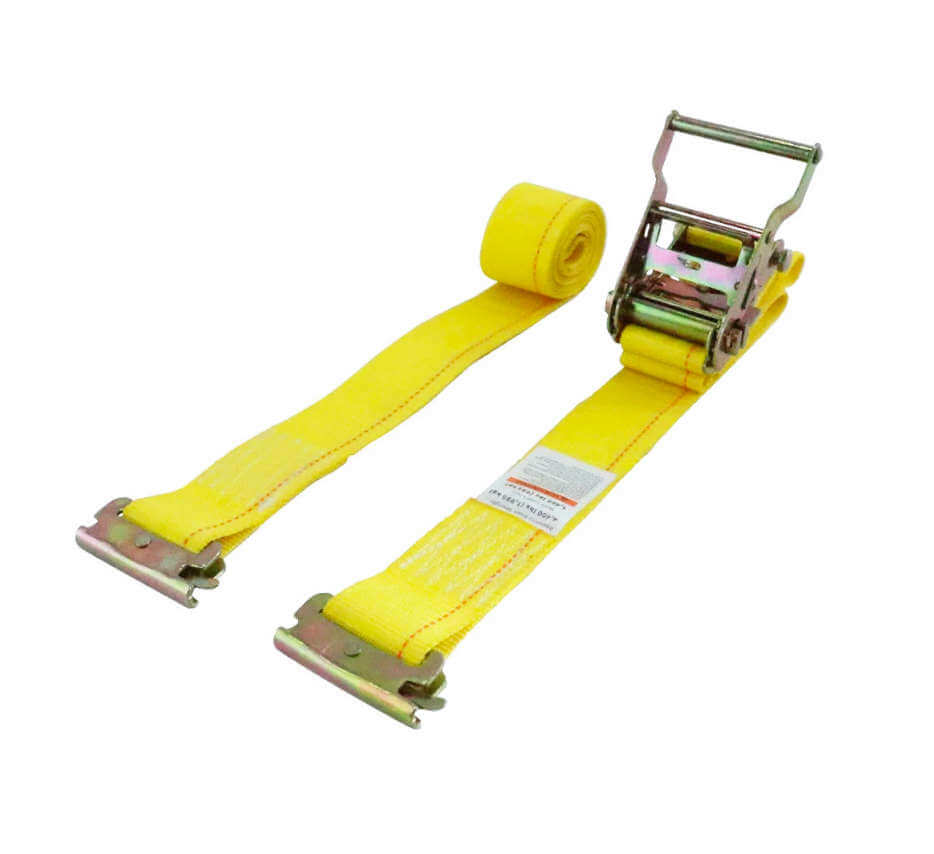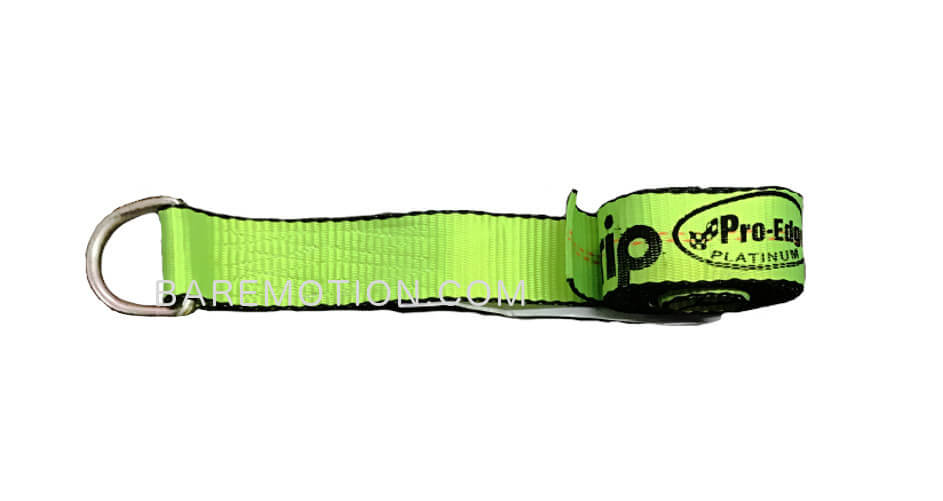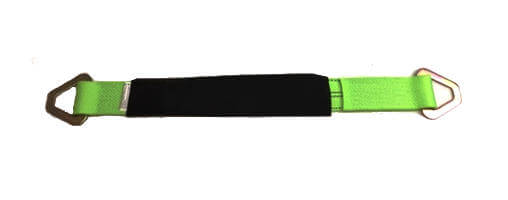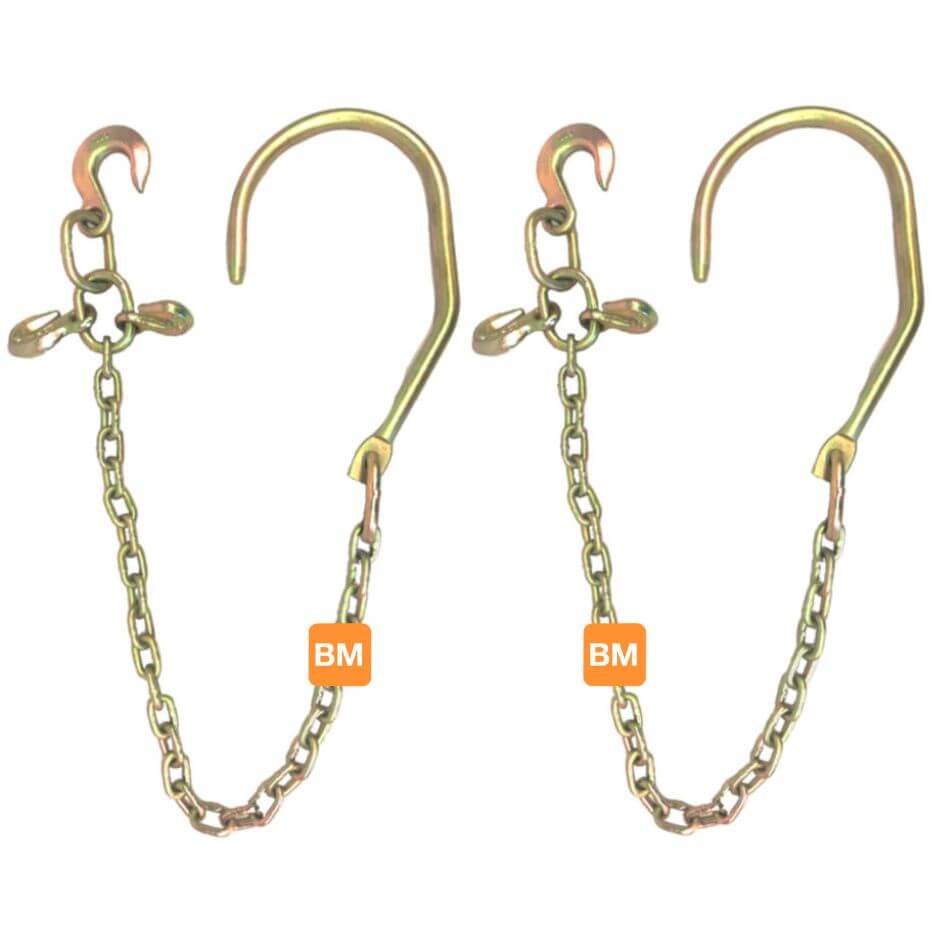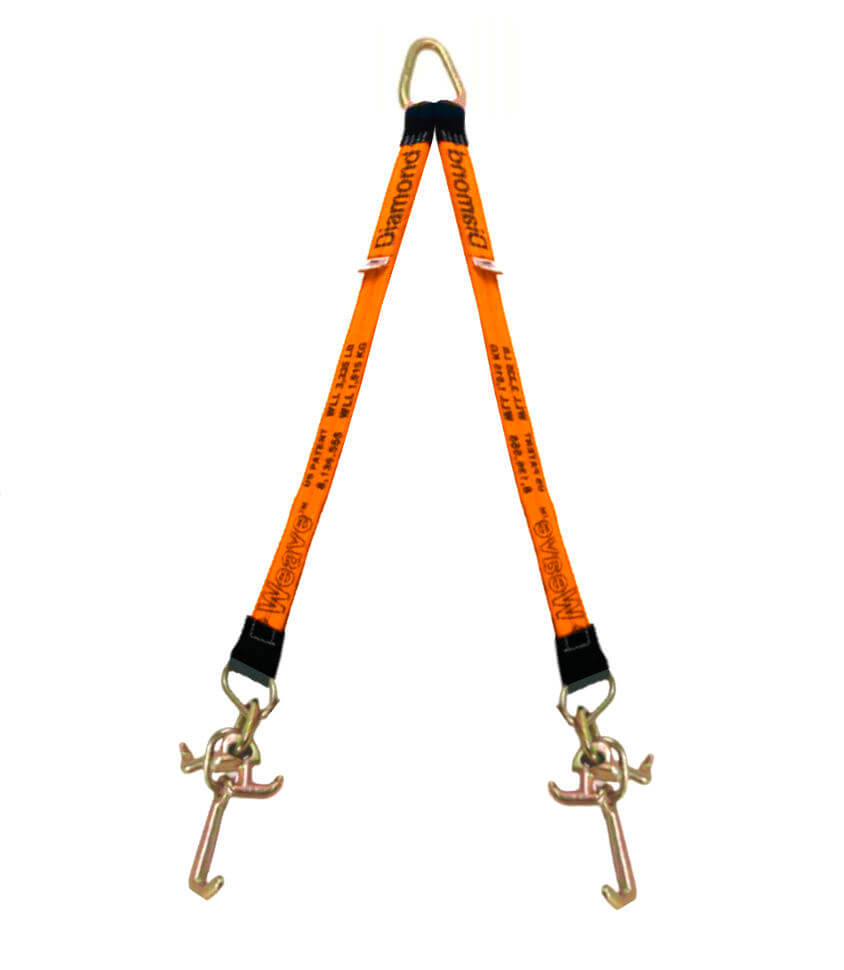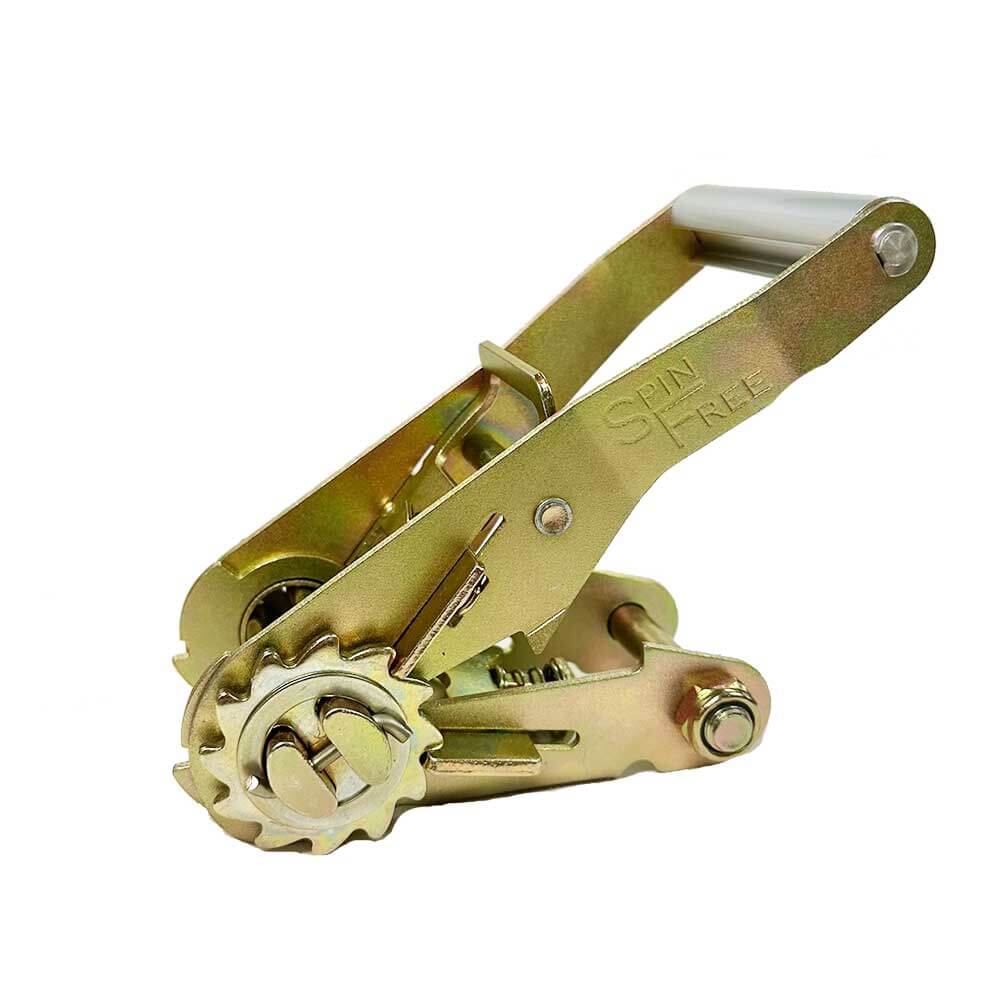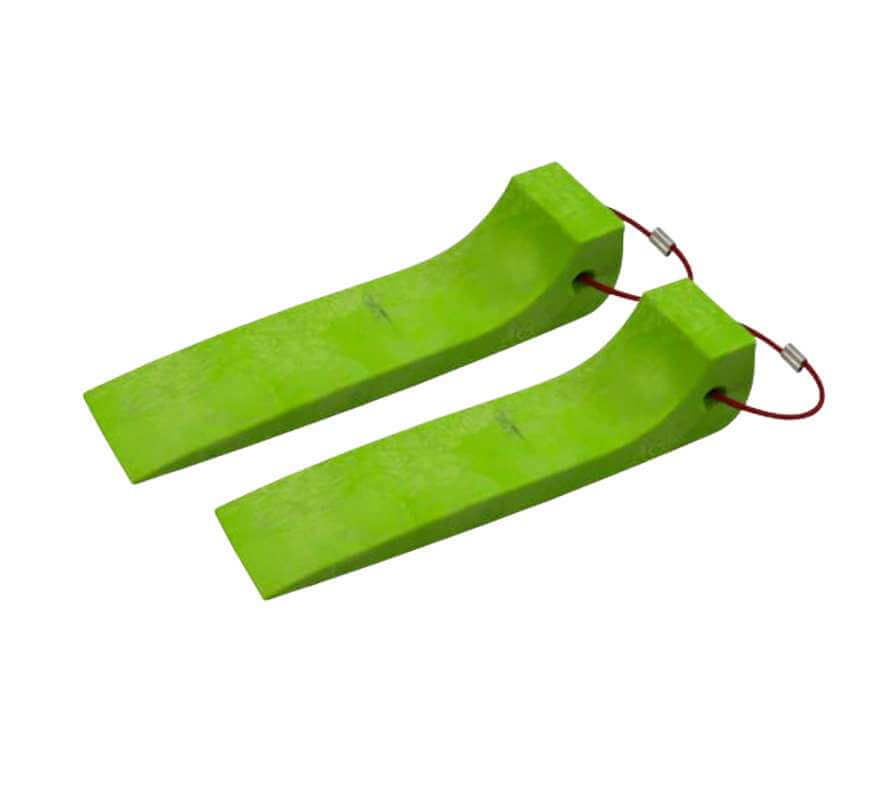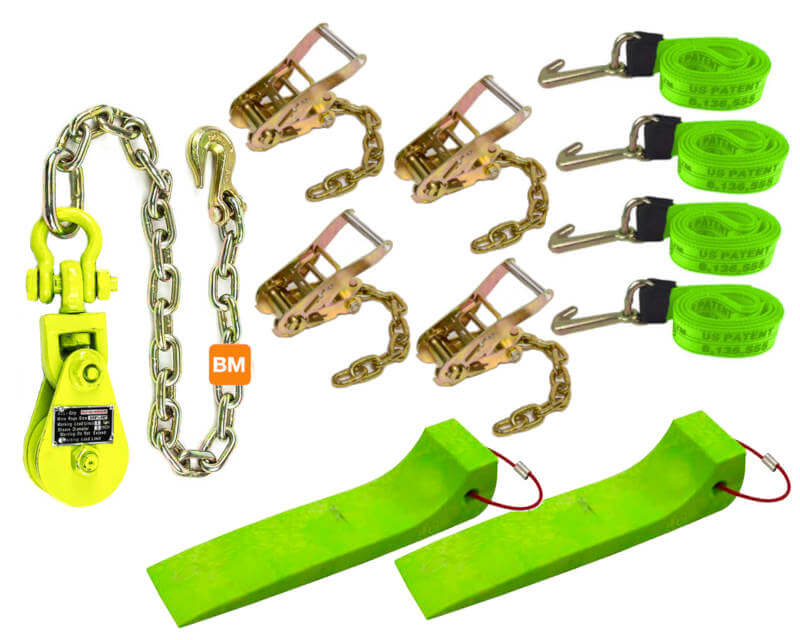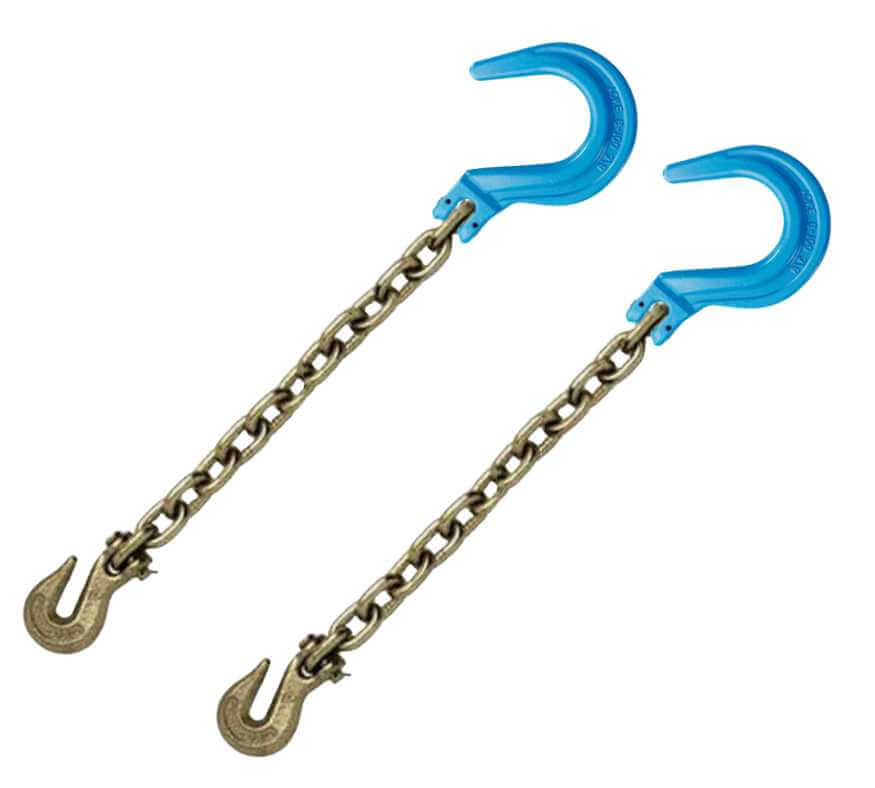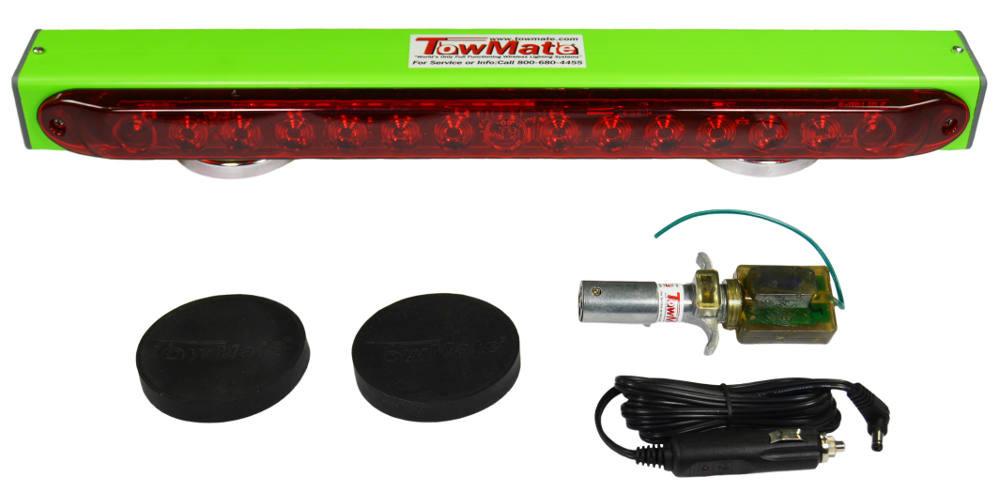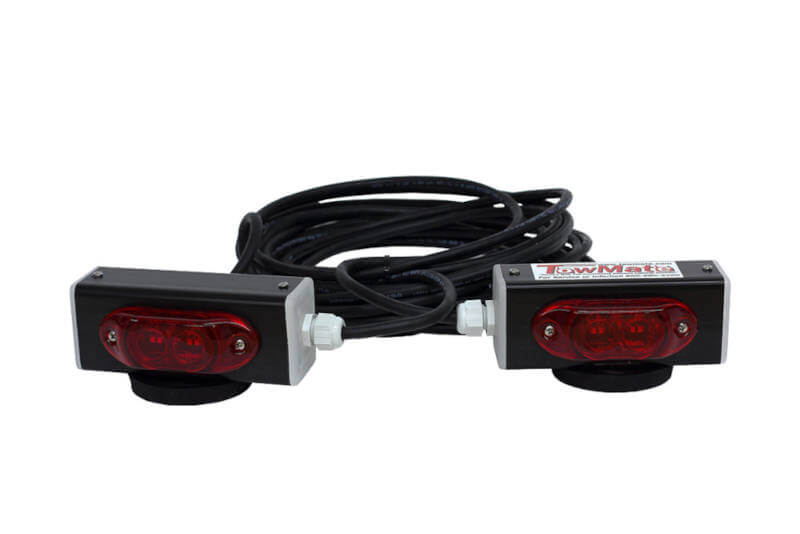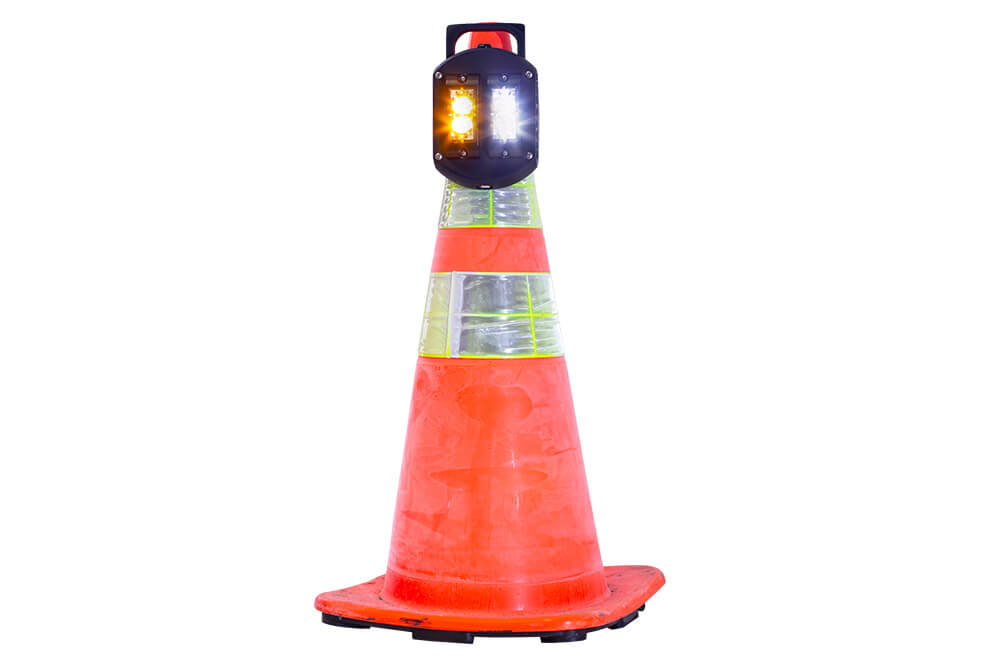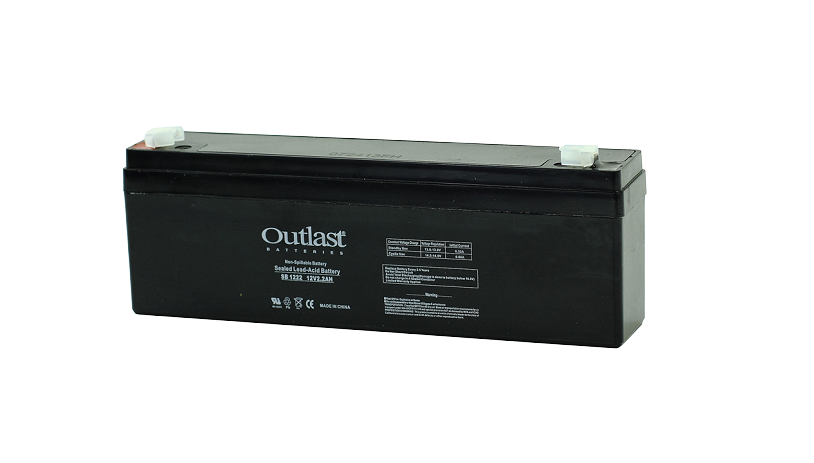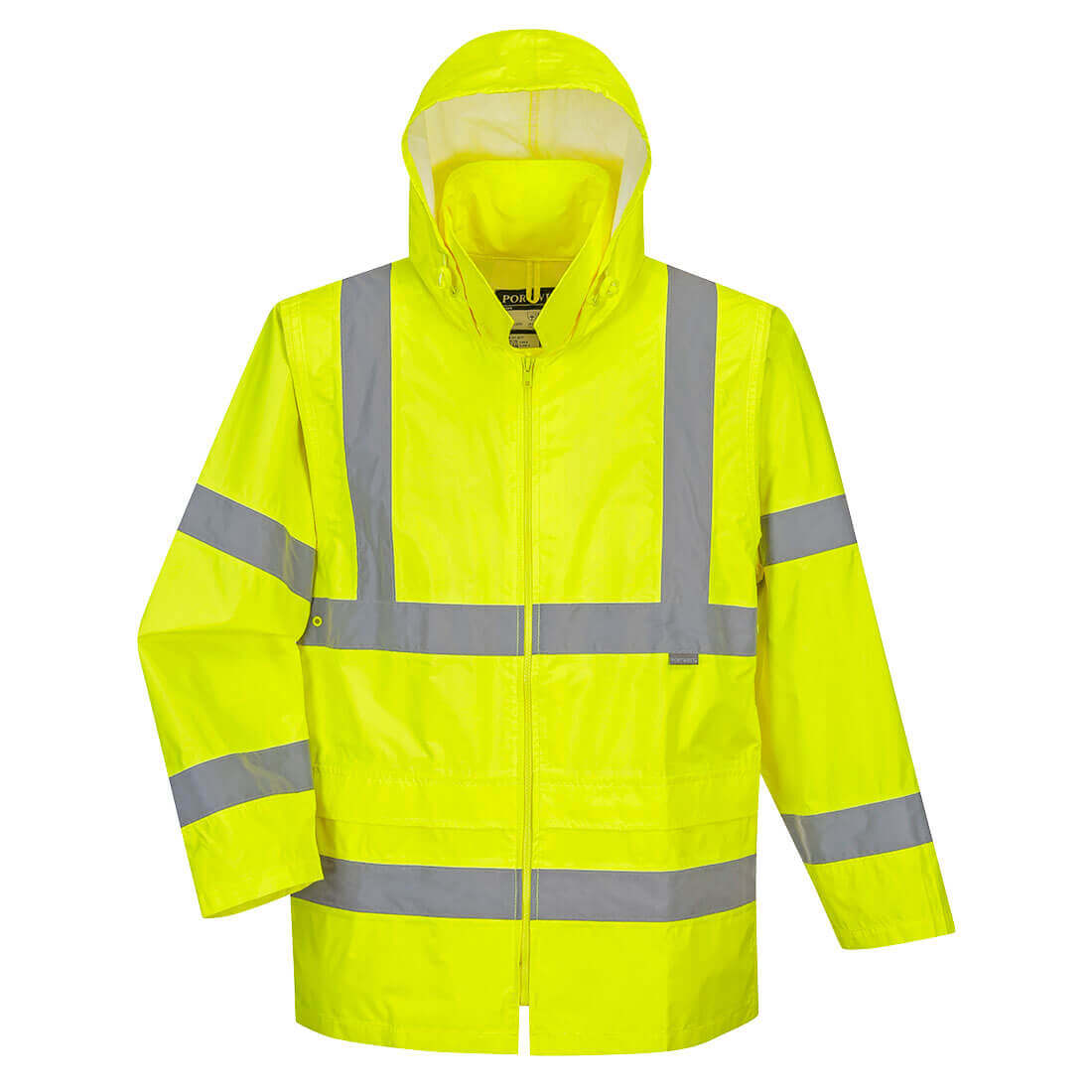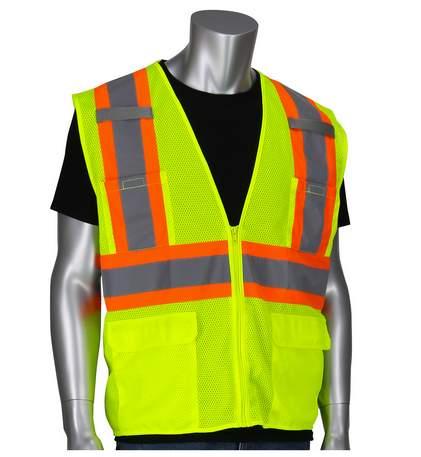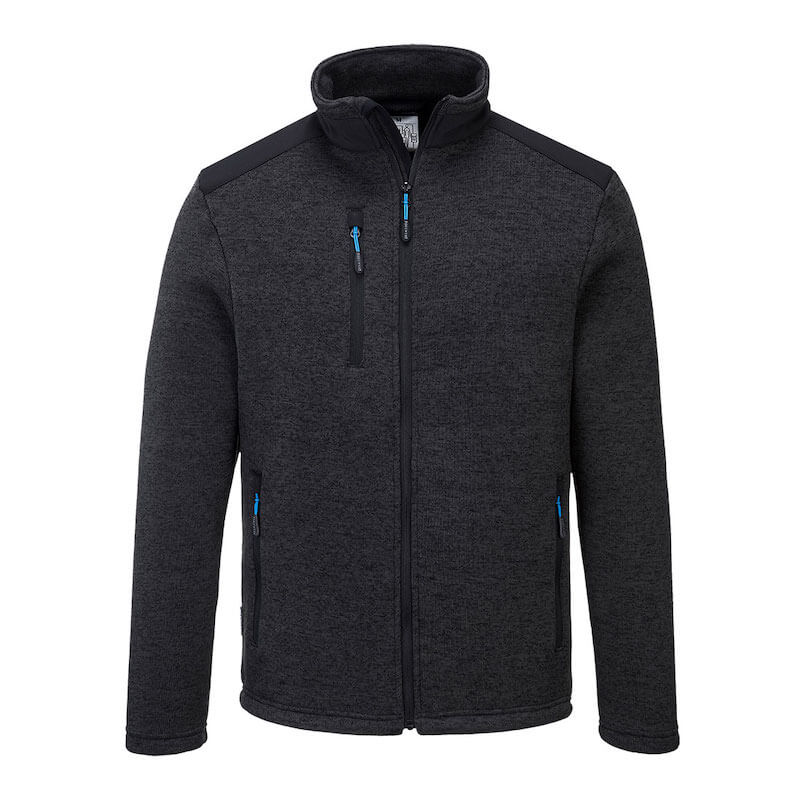Rigging and lifting terminology can feel overwhelming for newcomers and even seasoned professionals as these terms may differ from the language you're accustomed to using.
However, having a solid grasp of key terms is essential for improving safety, ensuring accurate communication, and executing projects effectively. This blog will outline and explain the most important rigging and lifting terms that industry professionals should know.
🏗️ Essential Rigging Terms
The most important one - Rigging
The word Rigging is used in a so many industries, from entertainment to tech to construction!
Rigging is the process of setting up and securing equipment. In the construction and lifting industries this is preparing and securing heavy loads to be lifted, moved, or supported by lifting equipment such as cranes, hoists, or pulleys. It includes selecting the right gear and knowing how to attach it properly to ensure everything is balanced and secure.
The term "load" refers to the object or material being lifted or moved. The weight, shape, and center of gravity of the load all impact the rigging setup used.
Some examples of slang terms used
-
"Rigs" – Often refers to the equipment or setup itself ("Get the rig ready").
-
"Hooking" – Informal term used on some job sites for attaching loads.
-
"Slingers" – In some Canadian provinces, especially in oil and gas or logging, riggers may be casually called slingers.
Slings are flexible lifting devices made from chains, wire rope, and synthetic webbing. They are used to attach the load to the lifting device. Most common types of slings include:
-
Wire rope slings for heavy-duty applications.
-
Chain slings for lifting high-temperature or rugged loads.
-
Synthetic slings - Polyester Round Slings & Web Slings for lightweight or delicate objects.

In addition to slings, riggers use rigging hardware components to connect, secure, or manipulate loads during lifting operations. These include:
-
Hooks for attaching the sling to the load.
-
Shackles for connecting components of the rigging system.
-
Hoists and cranes for lifting and moving heavy loads.
-
Swivels – Allow rotation of the load without twisting the sling or rope.
-
Rigging hardware such as turnbuckles, wire rope clips, and thimbles for securing and adjusting wire rope slings.
-
Links & Rings – Master links, pear links, and rings connect multiple slings or components in one assembly. Very efficient for balancing the load.

Understanding Lifting Techniques
Lift Plan
A documented procedure outlining how a load will be lifted, including equipment, personnel, pick/load points, and safety considerations.
Center of Gravity (CG)
A load's center of gravity is the point at which its weight is evenly distributed. This ensures the load is balanced during the lift.
Load Angle Factor or Sling Angle
When a sling is not vertical during a lift, the load angle factor comes into play. The angle of the sling affects the stress placed on both the sling and the load, and understanding this factor is critical to selecting the proper equipment.
⚠️ Rule of thumb: Sling angles below 45° dramatically increase stress.
Load Capacity
The load capacity refers to the maximum weight a piece of lifting equipment or hardware can safely lift. It is important to ALWAYS adhere to load capacity ratings to prevent equipment failure.
Choker Hitch
A method where the sling wraps around the load and tightens like a noose. Common for securing irregular or loose materials.
Basket Hitch
A sling configuration where the load is cradled in the sling, providing double the capacity (if used symmetrically).
Vertical Hitch
A straight lift using one sling, with the load hanging directly under the hook. Good for balanced, single-point loads.

Safety Terms You Need to Know
Understanding key safety terms is vital for reducing risk, preventing accidents, and maintaining compliance on the job site. Here are essential safety terms every worker should know:
Breaking Strength
Breaking strength is the maximum load a sling or hardware can withstand before breaking. This provides a benchmark for the safety limits of lifting gear.
Working Load Limit (WLL)
The WLL is the maximum weight that a piece of lifting equipment can handle under normal usage conditions. ALWAYS know your WLL.
________________
Safety First
Using the correct terminology is more than just semantics—it’s about COMMUNICATION & SAFETY. Misunderstandings in rigging operations can lead to equipment failure, injury, or worse. Ensure that everyone on-site is trained and familiar with basic and advanced rigging terms.
Final Words on Mastering Rigging and Lifting Terminology
Understanding the proper terminology for rigging and lifting not only keeps projects running smoothly but also ensures the safety of everyone involved.
Remember, the right knowledge is just as important as the right equipment!
____________
✅ Safety Reminders
- Always inspect slings, shackles, and hardware before use
-
Never exceed Working Load Limits (WLL)
- Keep communication clear - repeat if needed!
- During lifting also pay attention to the weather (wind/rain)
📌 “If it’s not safe—don’t lift it.”




































































